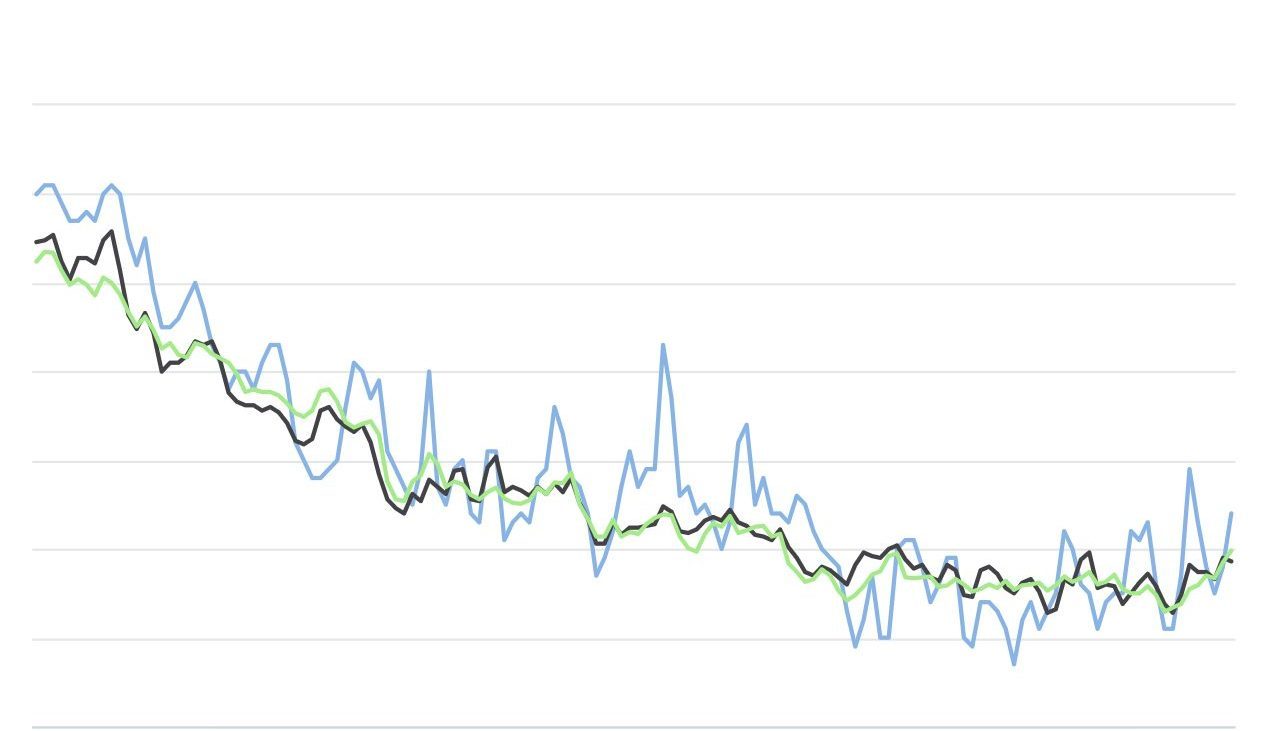Fine fescue is a popular cool-season turfgrass for golf course roughs. It adds color, texture, and definition to a course while delivering ease of maintenance. This blog post will explore fine fescue, what makes it unique, and how to properly care for it.
What Is Fine Fescue?
Fine fescue refers to the species of fescue that have fine leaf blades, as opposed to those with wider leaf blades. The five commonly used species of fine fescue are strong creeping red fescue, slender creeping red fescue, chewings fescue, hard fescue, and sheep fescue. These species are common on lawns and golf courses.
For this blog post, we’ll refer to the five generically as “fine fescue,” but this resource from Purdue University has more information about what makes each species unique. If you know what type of fine fescue you have, you can customize your maintenance to its needs.
Why Is It So Popular?
Fine fescue often pays homage to St. Andrews and other traditional courses in Ireland, Scotland, and England. Historically, most of these course designs didn’t include trees. Therefore, fine fescue areas provided a welcome contrast of color, texture, and shape to that of the uniformly short turf. Fine fescue also served a dual purpose as a penal area.
In addition to those reasons, fine fescue has some practical benefits for golf course roughs. First, it germinates quickly, providing fast establishment in areas that aren’t worth much labor. Equally valuable is that it grows slowly. Again, time savings from reduced mowing are ideal for roughs.
In addition to being low maintenance, fine fescue is low input. From fertilizer to irrigation, fine fescue has relatively low input requirements. For roughs, fewer applications are ideal. Fine fescue is also a versatile turfgrass that can grow in a wide range of soil and sun conditions. Fine fescue is known for being shade tolerant, which makes it a good choice for golf course roughs.
How Do I Care for It?
The biggest challenge of maintaining fine fescue roughs is weed pressure. Specifically, broadleaf and grassy weeds tend to infest these areas as seasons lengthen. Spring and fall are critical times to control these aggressive weeds. You can use the following program for all the fine fescue roughs on your course.
- Early March: ArmorTech Tetra (51oz/acre)
- This application will serve as your early season pre- and post-emergent to prevent grassy and broadleaf weeds from establishing. You don’t need to add a sticker to this application.
- Early May: Segment II (20oz/acre) + GameOn (64oz/acre)
- Add a methylated seed oil (MSO) to improve the efficacy of this application.
- Late May (two to three weeks later): Segment II (20oz/acre)
- Make this application if bentgrass, Poa annua, or reed canary grass is an issue. Alternatively, apply GameOn (64oz/acre) if broadleaf weeds are more of an issue. Add an MSO to either application.
- September: Segment II (16oz/acre) + NativeKlean (32oz/acre)
- Add a sticker to this application, and it will clean up most of your broadleaf weeds. If some weeds are left over, you can make another application two or three weeks later.
- Early October: 4-Speed XT (64oz/acre)
- Add an MSO to this application.
With the above applications in spring and fall, you can control weeds in your fine fescue roughs and maintain them with otherwise little input. Contact your sales representative if you have any remaining questions about establishing or maintaining fine fescue on your course.













